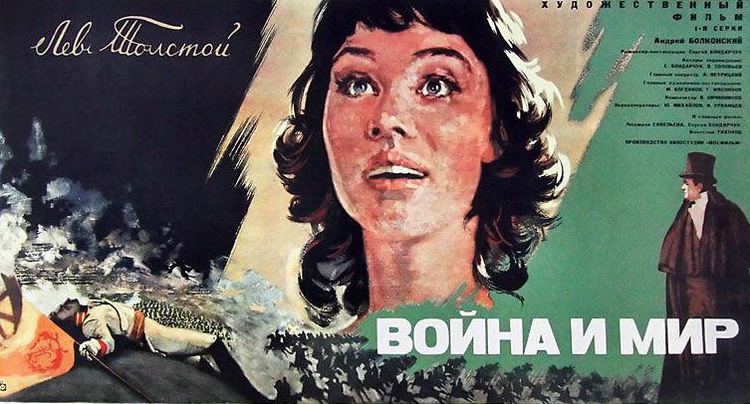Akira Kurosawa’s Seven Samurai (1954) might be over three hours long but you never feel bored. The action scenes never fail to thrill and the characters are so well developed that you genuinely grieve when they die. The epic is so brilliantly realized that it’s no surprise that filmmakers everywhere took note. In The Magnificent Seven (1960), a direct remake of Seven Samurai, Hollywood swapped out katanas for six-shooters and recast the movie as a Western. Other films from The Guns of Navarro to the Bollywood blockbuster Sholay to even Pixar’s A Bug’s Life have drawn heavily from Kurosawa’s masterpiece.
Add to this list Toshifumi Takizawa’s 26-episode animated TV series Samurai 7. The set up is identical to the original — masterless samurais are hired to protect a village from a ruthless gang of bandits — and many of the characters in the animated series have the same names as characters in the original film. But the total running time of the TV show is three times longer than that of Kurosawa’s film, so Takizawa took a few liberties.
The show’s opening scene, for instance, features a massive interstellar battle involving lasers and spaceships. There’s a rusting, elephantine megalopolis straight out of Blade Runner. And also there are robots. The bandits, as it turns out, are more metallic than human, and Kikuchiyo, who was played brilliantly as a drunken wild man by Toshiro Mifune, is in this iteration a grumpy, poorly-constructed cyborg who wields a chainsaw-like sword. The series even has Kirara, a cow-eyed teenaged priestess who sports a midriff-baring kimono.
Either the story elements above sound completely preposterous or totally awesome. If you’re in the former category, you can watch the trailer for Kurosawa’s film below. If you’re in the latter category – and the show is a lot of fun – then you can watch episode 1 above, and catch the rest on Youtube.
Related Content:
Akira Kurosawa’s List of His 100 Favorite Movies
How Akira Kurosawa Used Movement to Tell His Stories: A Video Essay
Akira Kurosawa & Francis Ford Coppola Star in Japanese Whisky Commercials (1980)
Jonathan Crow is a Los Angeles-based writer and filmmaker whose work has appeared in Yahoo!, The Hollywood Reporter, and other publications. You can follow him at @jonccrow. And check out his blog Veeptopus, featuring lots of pictures of vice presidents with octopuses on their heads. The Veeptopus store is here.


